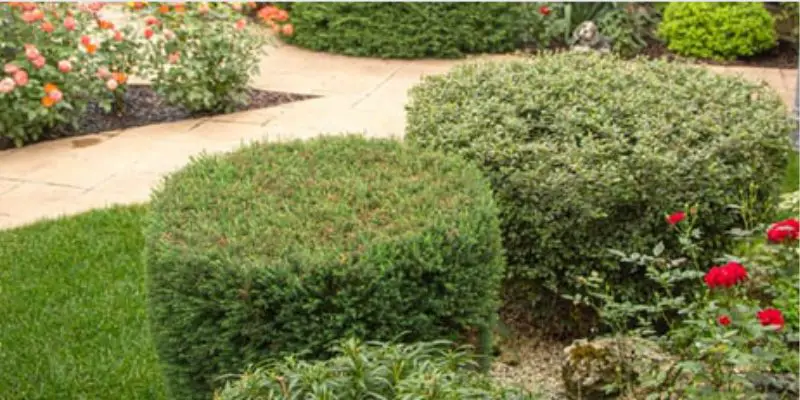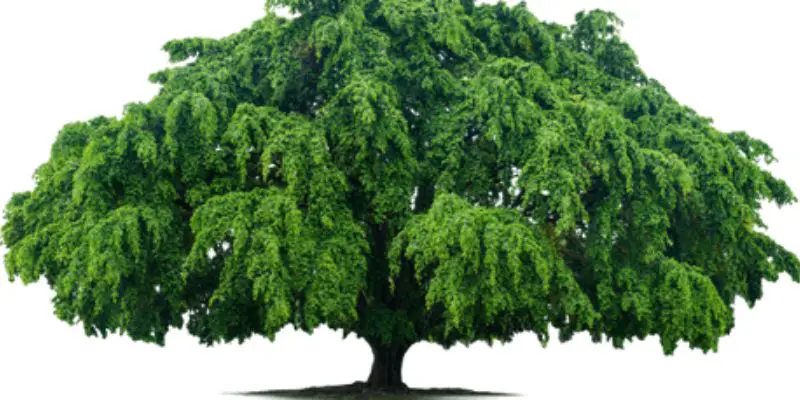As a professional arborist with over 15 years trimming ornamental trees and shrubs, I’m often asked how to properly prune juniper trees. Trimming junipers like blue point or parsoni requires specialized techniques compared to other conifers. Proper pruning encourages dense growth, neat form, and specimen health.
In this comprehensive guide, I’ll cover everything you need to know about how to trim juniper trees successfully. You’ll learn all about when to prune them, preparation tips, what tools to use, trimming methods, and aftercare. My goal is to provide expert advice so you can have thriving attractive junipers.
When to Trim Juniper Trees
Here is an overview of the optimal times to prune juniper trees:
Early Spring
Prune out dead branches and shape overgrown plants in early spring before major new growth emerges.
Mid Summer
Do light trimming to maintain shape and density after the spring growth spurt levels off.
Late Fall
Make final seasonal adjustments and remove dead needles before winter dormancy. Avoid late pruning that can’t heal before cold weather.
As Needed
Remove any dead or damaged branches as soon as they are noticed to maintain health.
Preparing to Trim Juniper Trees
Here are some tips to prepare for trimming your junipers:
- Review the safety and technique for using both hand shears and pole pruners properly.
- Disinfect tools with isopropyl alcohol to prevent transmitting diseases between plants.
- Wear sturdy gloves and eye protection for safety when pruning.
- Have a tarp ready below the trimming area to collect debris easily.
- Decide if you’ll prune for shape, size control, thinning, or rejuvenation. This determines your approach.
- Start by removing all dead branches, which is vital for plant health and appearance.
Choosing the Right Pruning Tools
Having quality, sharp tools makes pruning easier and improves results. Here are the best tools for trimming juniper trees:
Hand Pruners – Bypass pruners make clean cuts on small branches less than half inch diameter.
Loppers – Long handles provide leverage to cut larger diameter growth up to 2 inches.
Pole Pruners – Extended reach tools allow pruning beyond arm’s length. Ideal for tall junipers.
Hedge Shears – Only use to shape softer juvenile growth on spreading junipers, not conical forms.
Chainsaw – Gas-powered chainsaws work well for renovating overgrown junipers by cutting back major limbs.
Safety Gear – Gloves, goggles, hearing protection, and dust mask are essential safety equipment.
How to Trim Juniper Trees
Here are effective techniques to prune your junipers for optimal health and beauty:
- Always cut just above a node or another branch to encourage new growth that fills in naturally. Never leave stubs.
- Use thinning cuts to remove inner branches and allow light penetration and air circulation. This improves health.
- Shorten wayward branches and waterspouts using reduction cuts to encourage dense compact growth habit.
- For sheared forms, use hedge shears to maintain tight geometrical shapes. Never shear open loose forms.
- Limit pruning to no more than 1/3 of total foliage volume each season to prevent shock.
- Angle cuts to prevent water collecting on cut tips. Downward sloping cuts shed water best.
- Keep tools sharp for clean cuts that heal quickly. Disinfect tools often between branches.
Proper Aftercare Following Trimming
After pruning junipers, proper aftercare promotes recovery:
- Water deeply after significant pruning to aid plant healing.
- Apply compost or slow-release fertilizer to nourish new growth.
- Monitor for pests like spider mites that can attack stressed plants.
- Mulch around the base with 2-3 inches of pine bark to conserve moisture and suppress weeds.
- Stake heavy leaning branches and trunks to provide support until established.
- Check for wounds needing pruning sealer and treat as needed to prevent dieback.
Follow these tips and your juniper trees will thrive after corrective pruning and shaping.
FAQ About How to Trim Juniper Trees
Here are answers to some frequently asked questions about pruning juniper trees properly:
1. How much can you cut back a juniper tree?
Limit juniper pruning to no more than 1/3 of the total branches and foliage volume each season. More can stress the tree severely.
2. When should you not prune juniper trees?
Avoid pruning junipers late in fall heading into winter. New growth triggered by pruning may not harden off properly before cold dormancy.
3. Do I need to seal juniper pruning cuts?
In most cases sealing is unnecessary for juniper pruning cuts less than 1 inch diameter. But larger limbs can be sealed to prevent dieback.
4. Can I prune junipers heavily to reduce size?
You can do renewal pruning to rejuvenate overgrown junipers but never remove more than 20-30% of living branches which risks killing the plant. Go gradually.
5. How do I prune a juniper into a tree shape?
Prune off lower branches and interior small shoots to elevate the canopy over time. Establish a dominant leader and spread branches spaced along it.
6. Should I prune damaged juniper branches?
Damaged or diseased juniper branches should be pruned immediately to prevent issues spreading. Make clean cuts back to healthy tissue.
Conclusion
I hope this guide on how to trim juniper trees has removed the complexity of properly pruning these ornamental juniper to maintain their beauty and health. Follow my tips on tools, timing, technique, and aftercare for success trimming junipers. Your efforts will be rewarded with thriving specimens for years to come.
Also read:
Best Electric Hedge Shears – Top 6 Reviews and Buying Guide
Best Cordless Battery Hedge Trimmers – Top 7 Reviews and Buying Guide
Best Electric Bush Trimmers – Top 5 Reviews and Buying Guide

Michael Glenn is a certified arborist and horticultural expert with over 15 years of experience in the landscape industry. His passion for plants and trees has led him to become a sought-after authority on pruning and trimming techniques. Glenn’s in-depth knowledge of proper pruning methods, timing, and tools has helped countless homeowners and professionals maintain healthy, aesthetically pleasing gardens and landscapes.
In addition to sharing his pruning expertise through practical tips, step-by-step guides, and expert advice, Glenn is also a respected author of pruning tool buying guides. His comprehensive reviews and comparisons ensure readers can make informed decisions when investing in quality loppers, pruning shears, saws, and other essential equipment. With a deep understanding of plant biology and sustainable practices, Glenn’s writing empowers audiences with the knowledge needed to properly care for green spaces.





